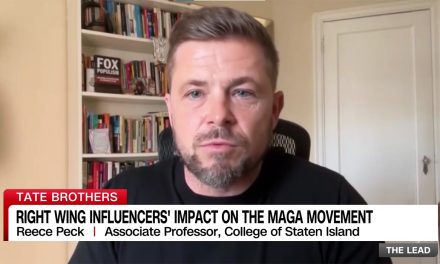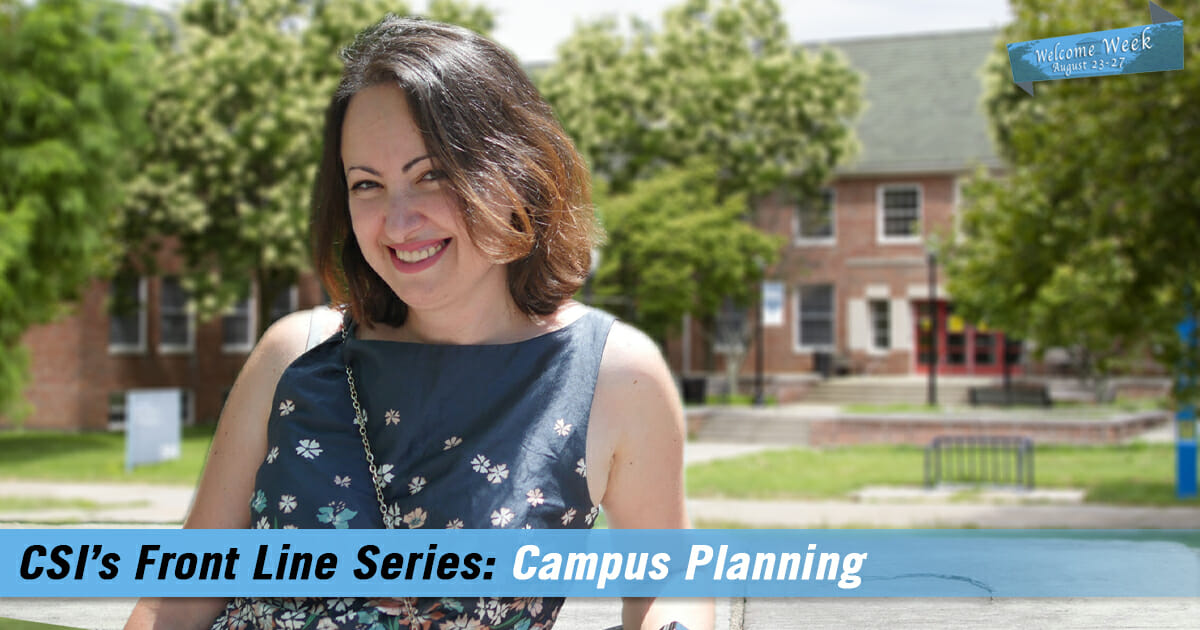FROM CUNY TV:
This episode of Study With the Best begins with a look back at a Science and U story, forecasting a super storm like Sandy, that aired almost two years ago. Following that, CUNY professors join the round-table to discuss why and how Sandy was so disastrous; what responses worked, and which didn’t; and finally what steps can be taken, in the short and long term, to address new storms, both environmentally and financially.
GUESTS (appear in program at time-code 5:34):
Hillary Brown is Professor of Architecture at the Spitzer School of Architecture at City College and directs the school’s MS in Sustainability. She was recently appointed to the National Academies’ Board on Infrastructure and the Constructed Environment. She is an expert in sustainability in urban environments.
Dr. William J. Fritz is the Interim President and Professor of Geology at The City University of New York’s College of Staten Island. He is the author of two texts on geology and the popular book “Roadside Geology of Yellowstone Country.” He recently presented a paper entitled “Storm Surge Model for New York, Connecticut, and Northern Waters of New Jersey with Special Emphasis on New York Harbor” at the 2012 Geological Society of America’s Annual Meeting. He is an expert on natural disasters.
Catherine Seavitt is an Associate Professor of Landscape Architecture at the Spitzer School of Architecture at City College. Professor Seavitt co-wrote the book “On the Water: Palisade Bay.” which is an infrastructural study and climate adaptation proposal for New York Harbor given the effects of sea level rise. This book inspired an exhibition at MOMA entitled Rising Currents: Projects for New York’s Waterfront in 2010.
















